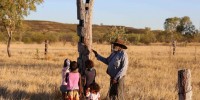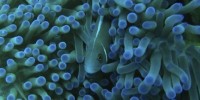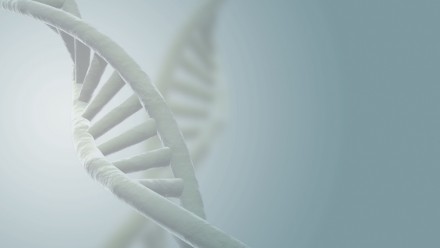Bromham Group - Macroevolution, molecular evolution & Language evolution
Tempo and mode of molecular evolution
We use phylogenetic comparative methods to investigate the characteristics of lineages that influence the pattern and rate of genome evolution. This includes life history characteristics (such as body size, generation time, longevity and fecundity), behaviour (such as sociality and mating strategies), ecology (such as climate, distribution and niche) and evolution (such as the rate of diversification).
Tempo and mode of evolution
Why are some lineages more likely to producing descendant lineages than others? What are the drivers of diversification? Do non-random patterns of extinction shape species assemblages? Why do some complex adaptations appear near the tips of a phylogeny, suggesting both frequent gain and frequent loss?
Group Leader
Postdoctoral Fellow
Divisional Visitor
Special Project Student
Volunteer
| Project | Status |
|---|---|
| Phylogeny, biogeography and diversification of Australian plants | Current |
| Rates of molecular evolution in parasites | Current |
Selected publications
- Bromham L, Cowman PF, Lanfear R (2013) Parasitic plants have increased rates of molecular evolution across all three genomes. BMC Evolutionary Biology 13:126 Doi:12610.1186/1471-2148-13-126)
- Duchene D, Bromham L (2013)Rates of molecular evolution and diversification in plants: chloroplast substitution rates correlate with species richness in the Proteaceae. BMC Evolutionary Biology 13:65 DOI:10.1186/1471-2148-13-65
- Hanna, E. & Cardillo, M. (in press) Clarifying the relationship between torpor and anthropogenic extinction risk in mammals. J. Zool. Lond.
- Bennett, T.H., Flowers, T.J., Bromham, L. (2013) Repeated evolution of salt-tolerance in grasses. Biol Letts 9, 20130029
- Bromham, L. & Bennett, T.H. (in press) Salt tolerance evolves more frequently in C4 grass lineages. J. Evol. Biol.
- Warren, D.L., A.N. Wright, S.N. Seifiert, and H.B. Shaffer. (in press) Incorporating model complexity and spatial sampling bias into ecological niche models of climate change risks faced by California vertebrate species of concern. Diversity and Distributions
- Moray, C., Lanfear, R. & Bromham, L. (2014) Domestication and the Mitochondrial Genome: Comparing Patterns and Rates of Molecular Evolution in Domesticated Mammals and Birds and Their Wild Relatives. Genome Biology and Evolution 6: 161-169
- Bromham, L., Saslis-Lagoudakis, C.H., Bennett, T.H., Flowers, T.J. (2013) Soil alkalinity and salt tolerance: adapting to multiple stresses. Biol Letts 9(5) 20130642
- Hanna, E. & Cardillo, M. (2013) Island mammal extinctions are determined by interactive effects of life history, island biogeography and mesopredator suppression. Glob. Ecol. Biogeog.
- Cardillo, M. & Pratt, R.C. (2013) Evolution of a hotspot genus: geographic variation in speciation and extinction rates in Banksia (Proteaceae). BMC Evol Biol, 13:155
- Duchene, D., et al. (2013) Phylogenetic evidence for recent diversification of obligate coral-dwelling gobies compared with their host corals (PDF, 326KB). Mol. Phylogenet. Evol. 69: 123-132
- Warren, D.L. (2013) "Niche modeling": that unpleasant sensation means it's working. Trends Ecol Evol 28: 193-194
- Duchene, D. & Bromham, L. (2013) Rates of molecular evolution and diversification in plants: chloroplast substitution rates correlate with species-richness in the Proteaceae. BMC Evol Biol, 13:65
- Hanna, E. & Cardillo, M. (2013) A comparison of current and reconstructed historic geographic range sizes as predictors of extinction risk in Australian mammals. Biol. Cons, 158:196–204.
All publications

New horizons: what can a biologist bring to the study of language endangerment?

1,500 endangered languages at high risk

Spicy perfection isn’t to prevent infection

Climate a bigger driver of language diversity than landscape

Lindell Bromham's textbook shortlisted for undergraduate textbook of the year

Cross-discipline research is being short changed

Environment change threatens indigenous know-how









